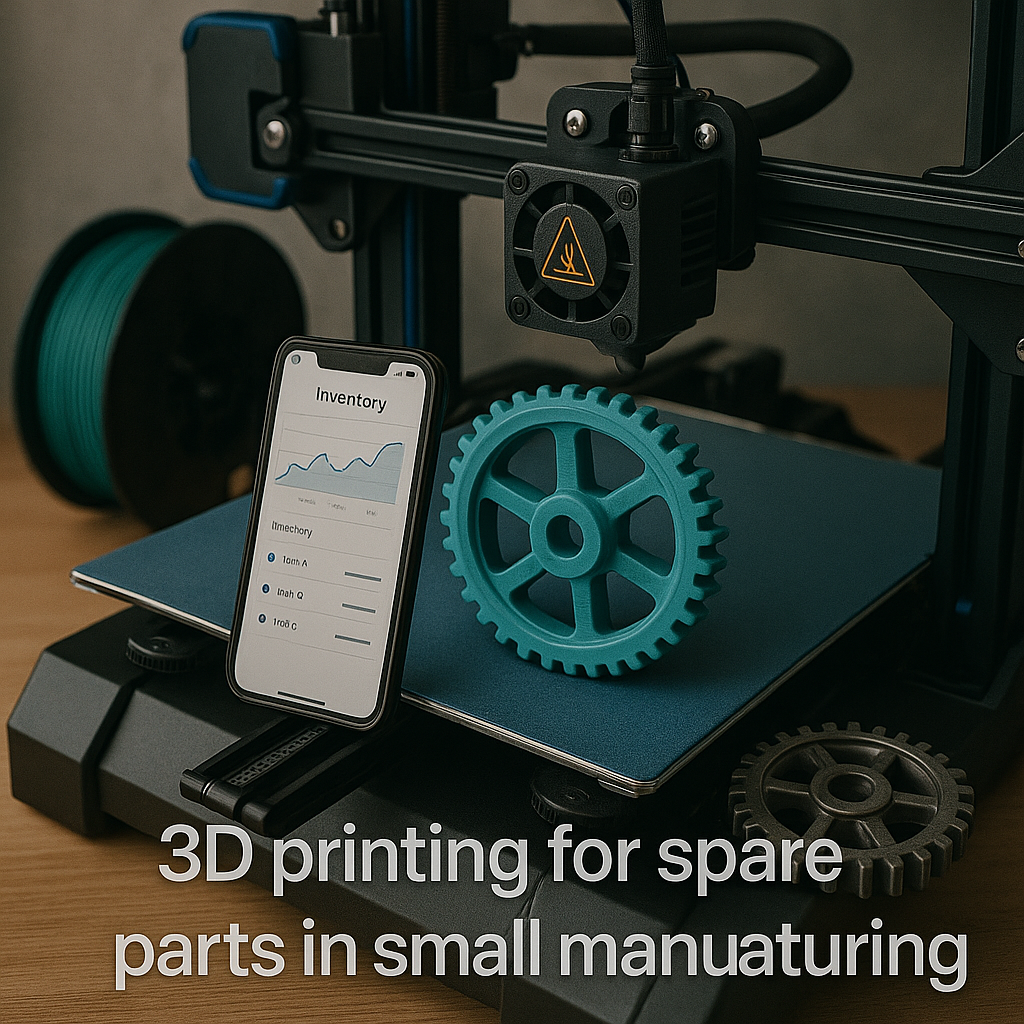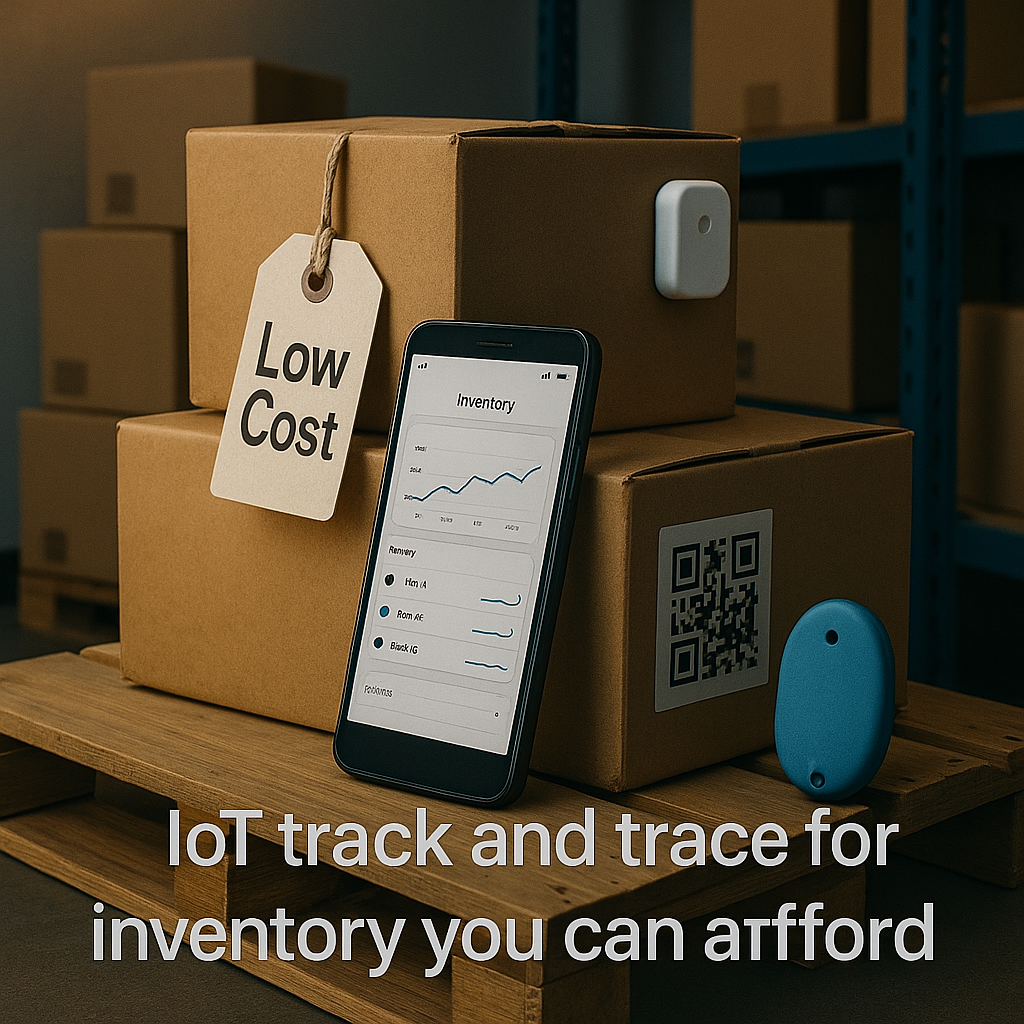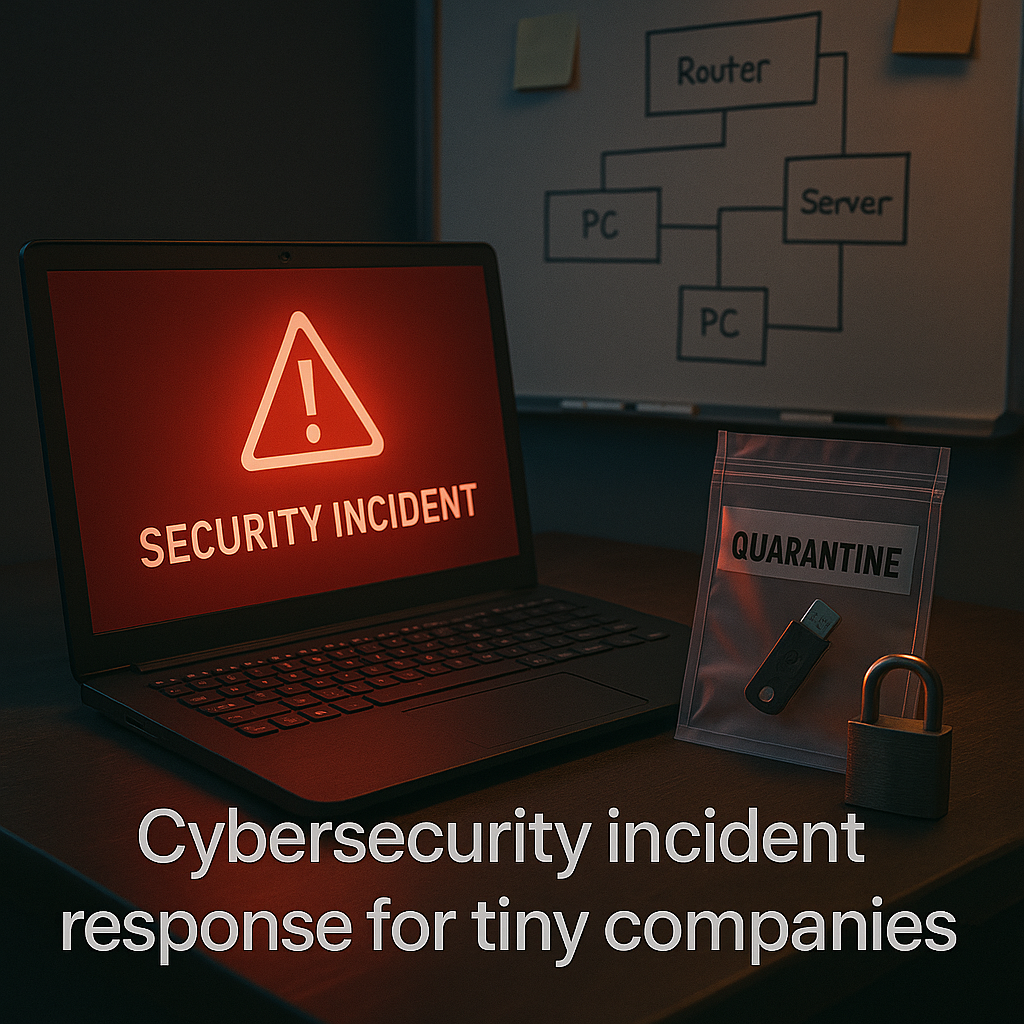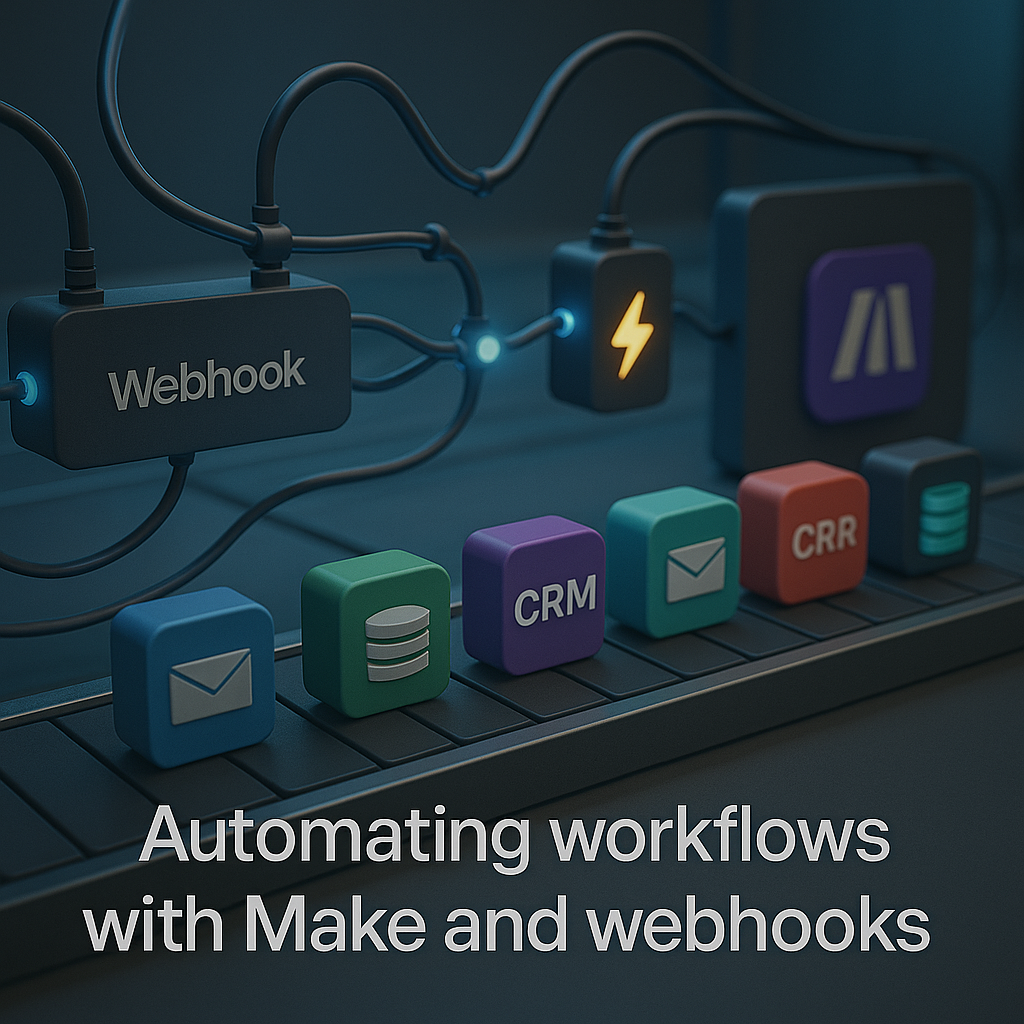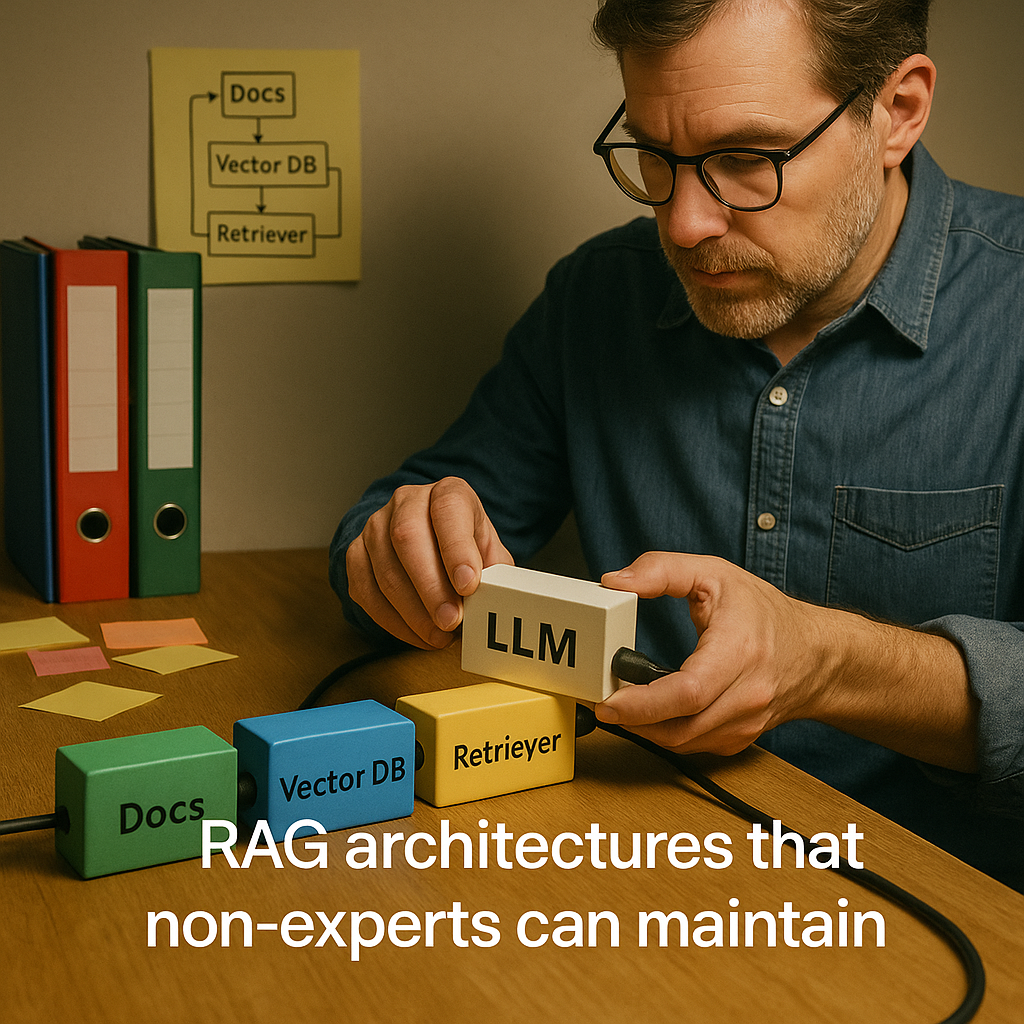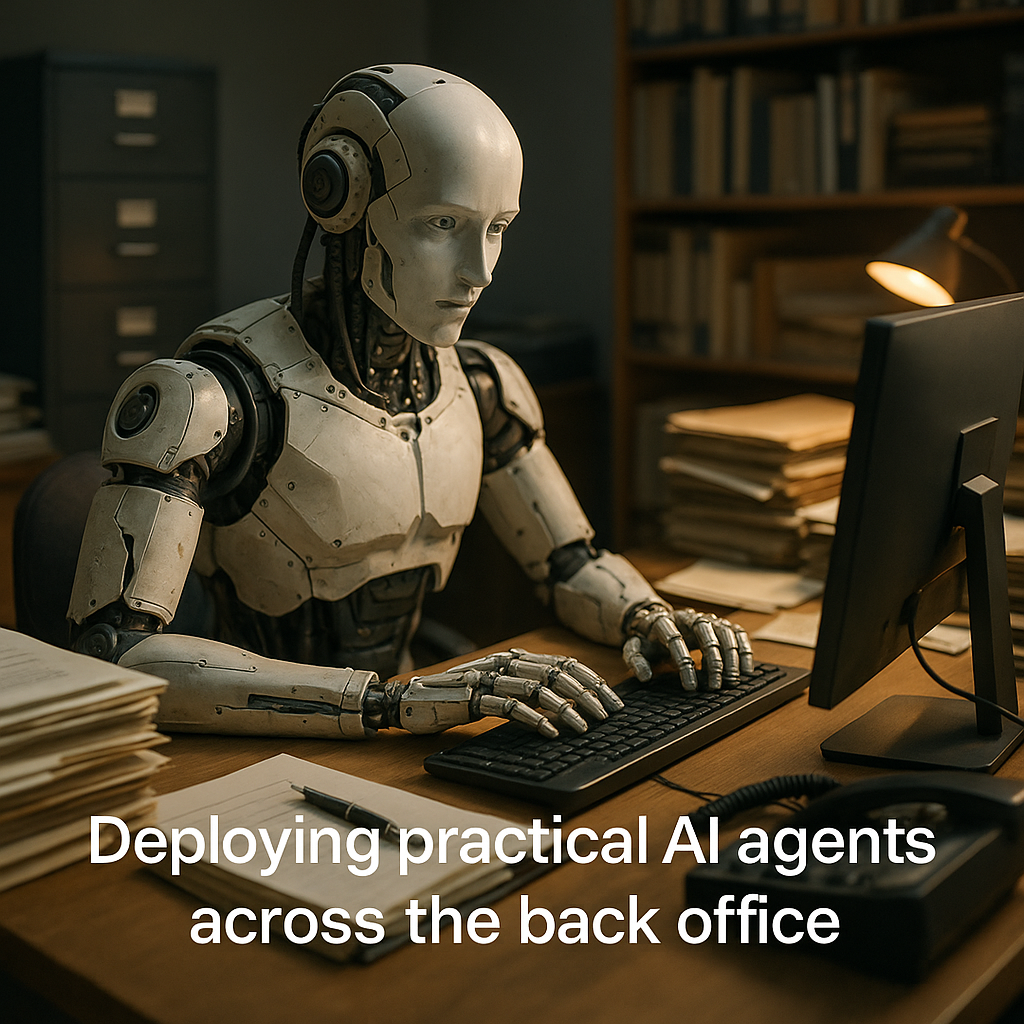In today’s rapidly evolving digital landscape, entrepreneurs and small business owners must protect sensitive information while harnessing the power of artificial intelligence. Building a secure AI stack for sensitive information not only safeguards your data but also optimizes your operations. Whether you manage customer details, financial records, or proprietary research, a robust AI framework focused on confidentiality sets your business apart in a competitive market.
Understanding the Importance of Data Confidentiality
Data breaches and cyber threats are constant challenges in our technology-driven world. As businesses increasingly rely on AI for critical decision-making, securing sensitive information has never been more urgent. With proprietary business data or client personal information at stake, no compromise is acceptable. A private AI framework ensures that your decisions are based on secure, reliable data flows—even as data volumes surge.
This strategy prevents unauthorized access while ensuring compliance with privacy regulations such as GDPR. By prioritizing a secure AI stack for sensitive information, you can focus on innovation without worrying about data leaks or cyber attacks, which in turn boosts customer loyalty and brand trust.
Given the sensitive nature of the data involved, it is vital to build a secure AI stack that manages both structured and unstructured data effectively. This approach bridges advanced machine learning with robust security protocols to protect confidential data during both training and deployment phases.
Steps in Building a Secure AI Stack for Sensitive Data
Establishing a private AI stack for confidential data management begins with a detailed review of your IT infrastructure and data workflows. Consider the following key steps:
1. Assess Your Data Assets
Start by identifying which parts of your data are most sensitive. Consider the information crucial to your company’s success—from personal client details and transaction records to internal research findings. Categorizing your data by sensitivity helps you determine where to implement advanced encryption and secure access protocols.
2. Evaluate Current Security Measures
Review your existing security measures. Are your systems equipped with up-to-date encryption? How secure is your data transfer between internal systems and cloud services? A critical analysis of your risk exposure, strengths, and vulnerabilities allows you to implement a targeted approach for a private AI framework that ensures data confidentiality.
3. Consider Modular AI Frameworks
Incorporate modularity into your AI stack as a robust defense mechanism. Modular components that can be updated independently ensure that a breach in one module does not compromise the entire system. This approach simplifies architecture, minimizes downtime, and reduces technical debt during updates or patches.
4. Integrate Advanced Encryption Methods
The foundation of a secure AI stack for sensitive information is state-of-the-art encryption. Modern encryption standards protect data at rest and in transit. Techniques such as homomorphic encryption enable businesses to process encrypted data without exposing its content. When combined with multi-factor authentication and role-based access control, these methods create a layered defense that minimizes the risk of unauthorized access.
For further insights into securing data, check out our article on Advanced Encryption Techniques. Continuous learning and regular upgrades of your encryption tools are essential to stay ahead of emerging cyber threats. Collaborate with cryptography experts to ensure that your security measures meet the highest industry standards.
Best Practices for Implementing a Private AI Framework
Adopting a private AI framework for data confidentiality requires not only technological upgrades but also cultural adjustments. Follow these best practices to ensure a smooth and secure transition:
Embrace Privacy by Design
Integrate privacy into your AI stack from the outset. As discussed in our Privacy by Design in AI article, this approach means incorporating security at every phase of the application lifecycle—not as an afterthought. Constantly challenge your team to consider how data can be protected at every step. This proactive approach builds confidence among stakeholders and customers, while effectively shielding sensitive information.
Leverage Trusted Technology Partners
No business operates in isolation. Reliable third-party vendors can enhance your security measures by providing transparent, proven data management methodologies. For entrepreneurs with limited IT resources, strategic partnerships act as an extension of your team, ensuring you access the latest technologies and best practices.
Resources like Forbes offer market insights that can help validate your choices and strengthen your security posture. Build long-term relationships with partners who prioritize continuous updates and robust security maintenance.
Invest in Continuous Training and Monitoring
Never underestimate the human element in data security. Equip your employees with the skills to use your systems effectively and adhere to best practices for data confidentiality. Regular training and updates on security protocols can prevent accidental breaches and ensure vigilance.
Implementing robust monitoring strategies, including regular audits and real-time surveillance, helps detect threats rapidly and guarantees that every component of your AI stack complies with security policies. Engage with guest experts, webinars, and digital communities focused on business optimization strategies to further empower your team in risk mitigation.
The Future of Confidential Data Management with AI
The digital transformation era is reshaping AI-powered data management. Companies investing in a secure AI stack for sensitive information today position themselves to capitalize on advanced analytics and machine learning without sacrificing security. A private AI framework not only creates a secure environment but also drives real-time insights, predictive analytics, and smarter decision-making—all while ensuring utmost privacy and regulatory compliance.
As AI tools evolve, entrepreneurs and small business owners will have access to more devices, services, and analytics solutions built on robust encryption and privacy-first architectures. Future regulatory standards may further push businesses to refine their data governance protocols. A proactive approach in building a private AI stack not only future-proofs your operations but also enhances your market reputation in an era where trust is a key differentiator.
This journey extends beyond technology—it involves adopting agile operational models that can quickly adapt to market dynamics. Regular reviews and iterations of your AI frameworks ensure that your business remains resilient against emerging threats and market shifts.
Entrepreneurs who master the synergy between advanced technology and robust security can gain a significant competitive edge. Investing in a private AI stack for confidential data management empowers your team to innovate securely, optimize operations, and unlock new opportunities while keeping data secure at every level.
Securing data integrity while deploying AI solutions requires careful planning and execution. The rewards—increased customer trust, enhanced operational agility, and strict regulatory compliance—are worth the effort. With data volumes rising and cyber threats growing more complex, now is the time to rethink your data management strategy. A private AI framework designed for data confidentiality is not merely an upgrade; it is a strategic decision to thrive in today’s evolving digital landscape.
Integrating these strategies into everyday operations can boost performance across departments—whether streamlining customer service, enhancing marketing efficiency, or refining product development. A secure, privacy-first approach to AI creates sustainable competitive advantages in the long term.
- Identify and assess sensitive data to prioritize protection efforts.
- Integrate advanced encryption and multi-factor authentication techniques.
- Adopt modular, privacy-by-design AI frameworks to minimize risk.
- Invest in continuous training and robust monitoring to ensure long-term security and compliance.


